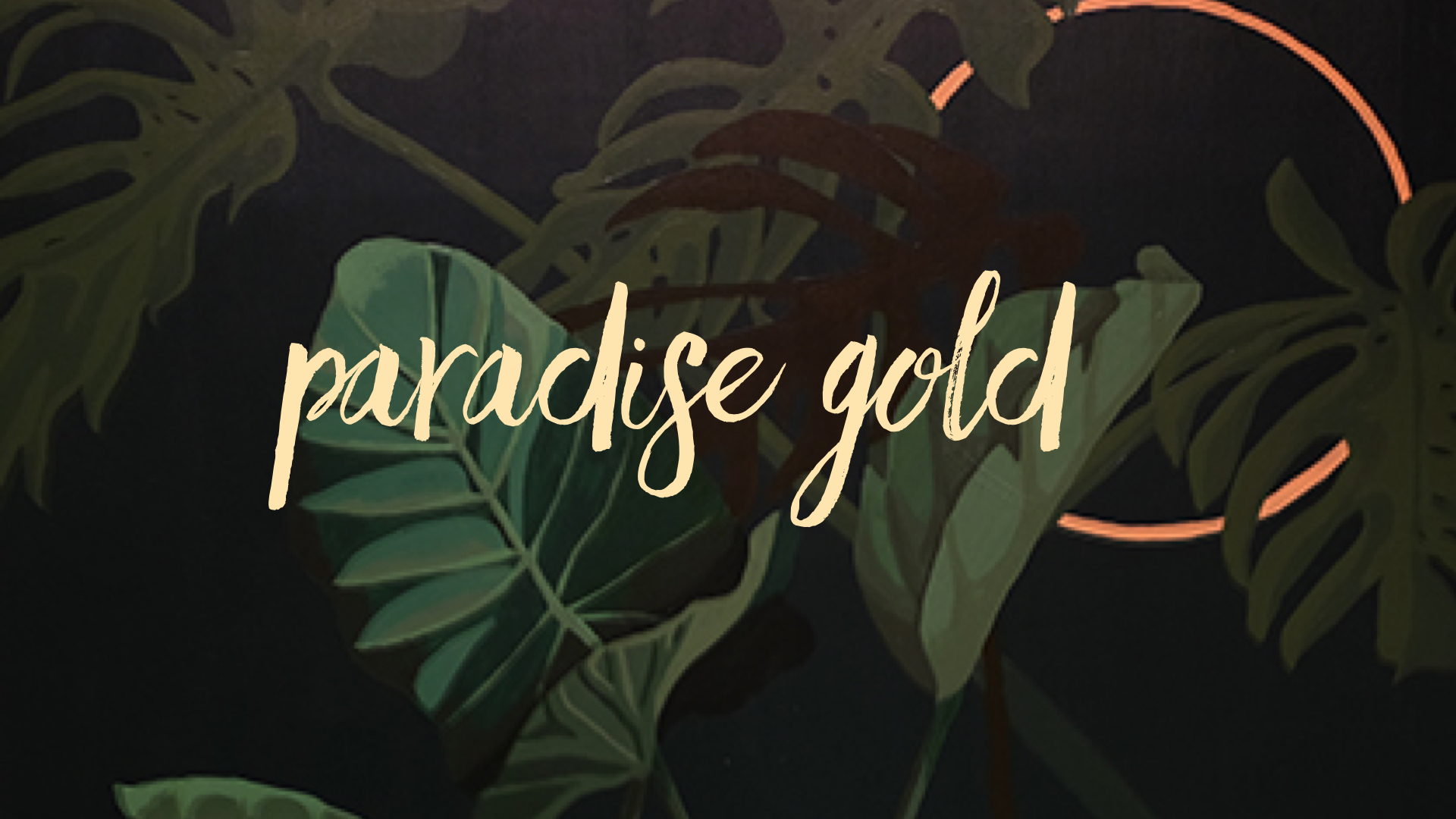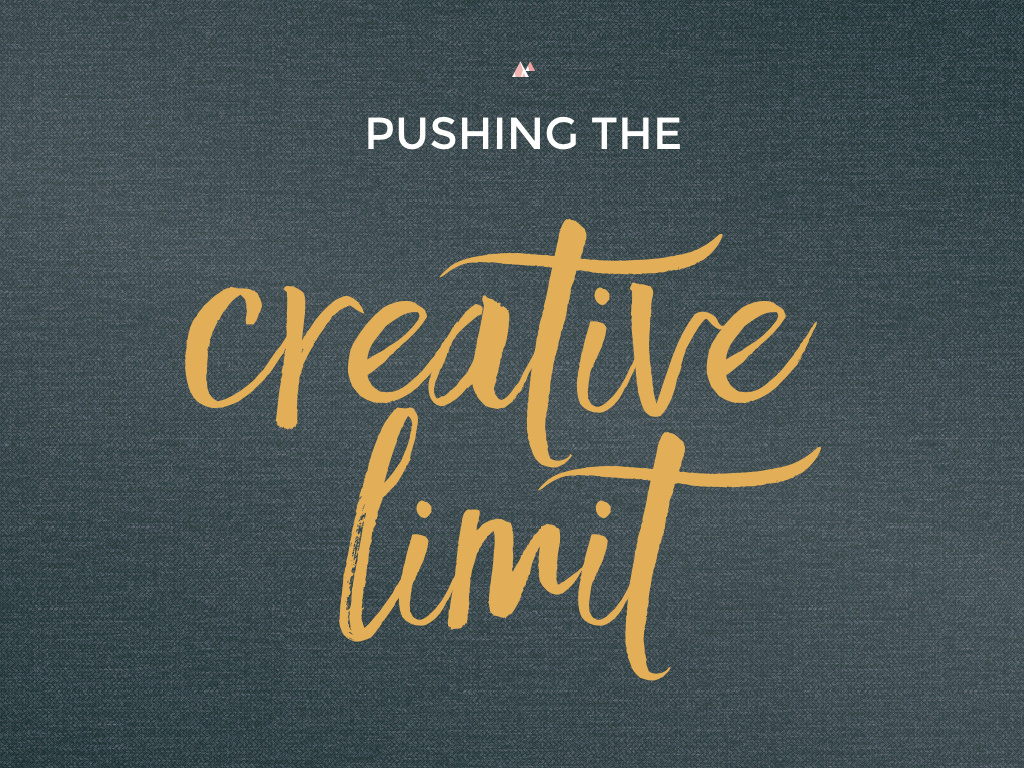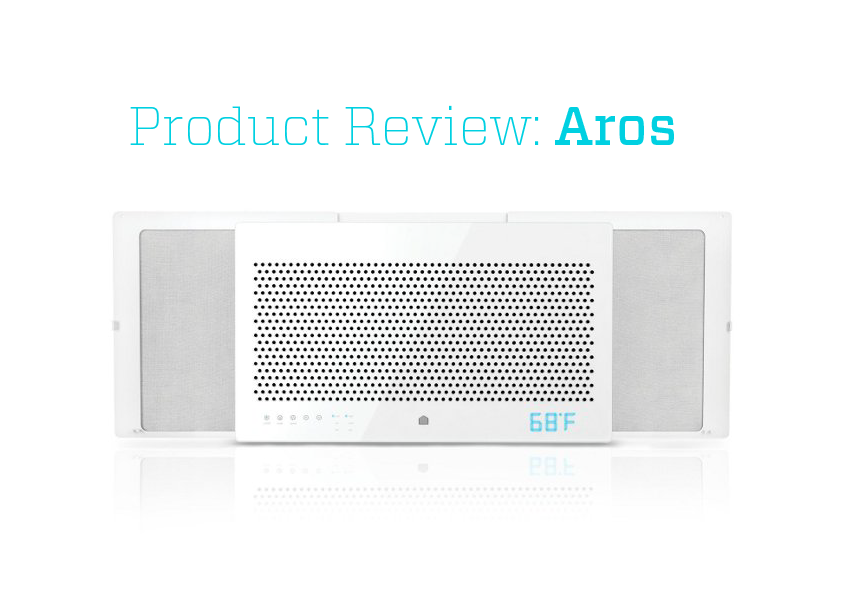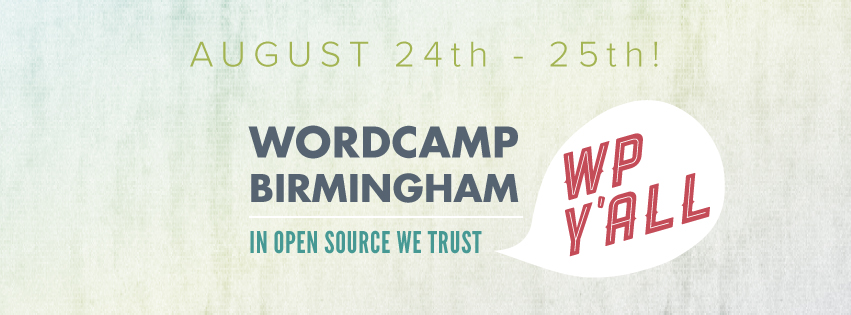I had the honor of being recommended to work on a film being produced here in Birmingham that needed custom UI prototypes on set. I love movies—I’ve been going to Sidewalk Film Festival religiously for years—so stepping behind the scenes to do what I do best was an incredible, collaborative adventure.
The production needed a dating app interface for a classic “meet cute” moment. A major company had product placement in the film, so they sent over some prototype files in Figma. My first thought: easy peasy—I’ll tweak these, load them up, and we’ll be ready to roll.
Spoiler: it was not that simple.
The Problem
The files they sent… didn’t exactly cooperate.
- Figma requires internet. Which is fine for design reviews, but not so fine for a film set where Wi-Fi and cellular connections can’t be trusted.
- The prototypes glitched. White screens after a swipe or two—if you even made it that far.
- They sent iPhone files. We were filming on Android. Cue facepalm.
Clearly, I had to improvise.
Rebuilding the Prototype
I pivoted to Proto.io, which lets you download prototypes for offline use. I rebuilt the swiping feature there to make things seamless. But soon discovered another issue: Proto.io’s Android app had an aspect ratio bug. On a brand-new Pixel 10 Pro, the prototype would stubbornly show white bars on the sides. No full-screen option. No fix.
So after hours of rebuilding, I realized I needed another solution.
The Workaround
I exported the prototype to HTML, zipped up the assets, and loaded them onto the phone with an sHTTP server app. Android, of course, tried to scatter my files into Photos and Documents, so I had to wrangle everything back into place. Then came the pixel density problem—the prototype was about 35 pixels too big. Back to the drawing board to resize everything properly.
Oh, and did I mention the original assets were Apple-specific? So I made myself a real Android login to the dating app, grabbed screenshots, and recreated the UI from scratch to make sure it looked accurate on set. Ironically, even on shoot day, the official Android files the company finally sent still glitched out with white screens and had iPhone menu bars left in.
Thankfully, my rebuilt version worked.
Extra Asks
Like any good production, there were last-minute requests:
- Scrolling profile view. I added it literally the night before so the love interest’s profile could appear on camera.
- Green screen mode. I swapped the app’s background to a specific blue that minimized reflections on the actor’s hands.
On Set
Once we got rolling, everything went smoothly. I worked with the props team to manage the phone between takes, reset the prototypes, and switch between green screen, scrolling, and swiping modes as needed. The actress using the phone was tech-savvy and even learned to reset it herself, which made shooting a breeze.
By the end of the day, I had learned how to:
- Adapt to a film set’s fast-moving needs
- Prototype a dating platform from scratch
- Make it run offline as a standalone Android app
- Troubleshoot pixel ratios, servers, and kiosk settings under pressure
The Takeaway
Was it chaotic? Yes. Did I regret a few tool choices along the way? Definitely. But in the end, the prototype worked, the shoot went smoothly, and I felt proud knowing I played a small but significant part in bringing movie magic to life.
Sometimes design isn’t about perfect conditions—it’s about solving problems creatively, even when the Wi-Fi’s down and the files are glitching.
Most of all, I loved the entire process. It was such a fun challenge to merge my design skills with the fast-paced energy of a film set. I’d jump at the chance to do more movie work in the future—it’s an exciting space where tech, storytelling, and creativity collide.

*Images generated by Midjourney










